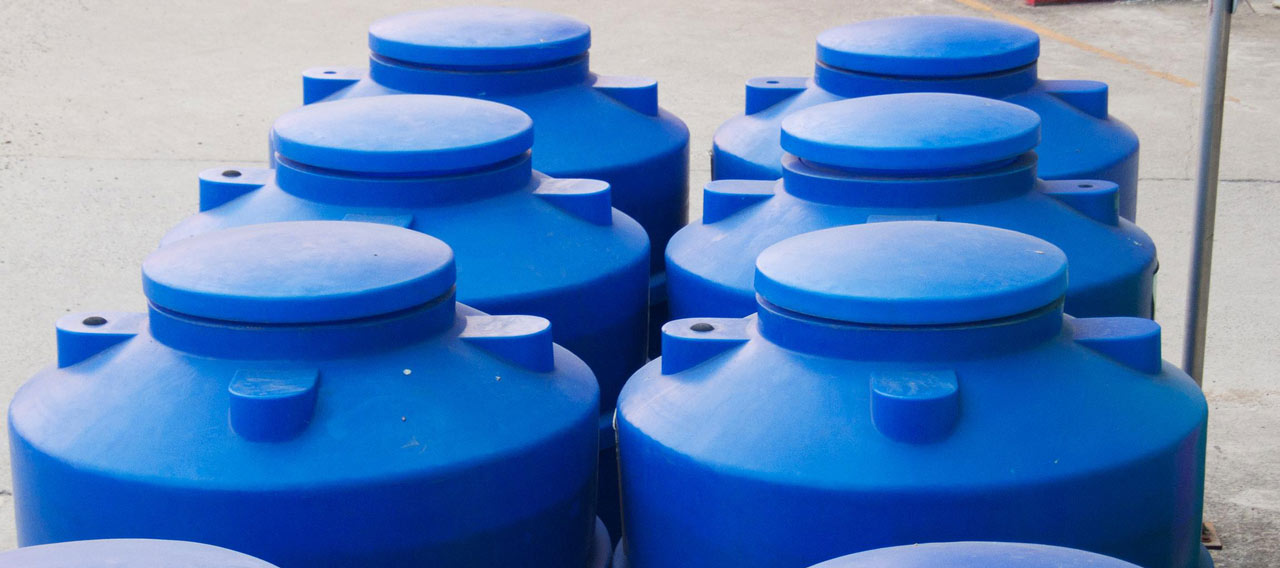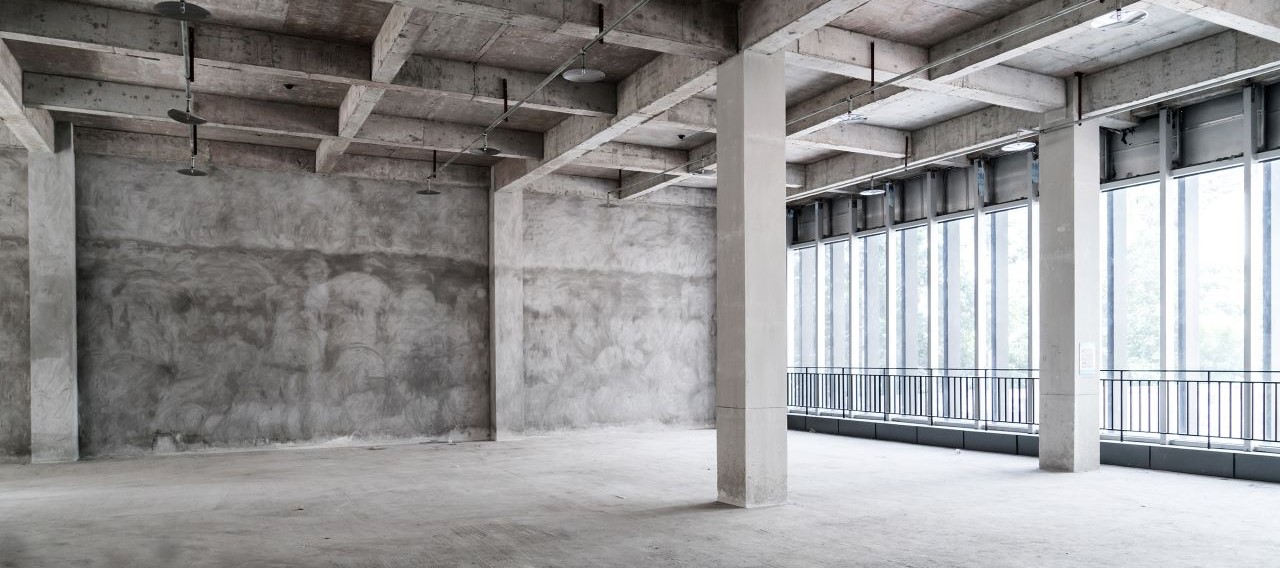Long-term care facilities (LTCFs) have faced severe challenges in recent years. The COVID-19 pandemic impacted LTCFs and their residents nationwide. In addition, LTCFs have responded to numerous natural disasters—including hurricanes, floods, and wildfires—which have become increasingly severe and frequent.
Given these growing challenges—and the duration of the COVID-19 pandemic—long-term care facilities should review and update their emergency preparedness plans. A comprehensive, up-to-date plan can help mitigate the impact of disasters and infectious diseases—and save lives. Updating your emergency preparedness plan will also help your facility and staff prepare for surveyor visits.
LTCFs must comply with all applicable local, state, and federal emergency preparedness requirements. The Centers for Medicare & Medicaid Services (CMS) mandates that any LTCF participating in Medicare and Medicaid must review and update its emergency plan annually.1 However, the annual review is a best practice for all LTC facilities.
The guidance that follows is applicable to all types of LTCFs, including skilled nursing facilities, memory care facilities, assisted living residences, CCRC’s (Continuing Care Retirement Community), independent living facilities, and adult family homes.
Key steps long-term care facilities can take to prepare for any emergency
Disasters range widely and require different types of responses, but every long-term care facility’s emergency program should include the following components:
- Leadership and staffing – In your plan, designate key leaders and clarify their roles to assure appropriate chain of command, preparation, and response for all types of emergencies, including natural disasters and pandemics. Establish back-up staffing and leadership plans as well.
- Training and testing – Don’t allow your emergency plan to sit on a shelf until a catastrophic event takes place. Provide your staff and residents with emergency response information and training, and conduct drills to test and improve your readiness. Use this as an opportunity to repair or replace any necessary evacuation equipment and keep track of the feedback from each of these sessions to measure your responsiveness and lessons learned.
- Communications – Be prepared to communicate with residents, family, staff, and local authorities before, during, and after emergency events. In some cases, you may be able to communicate directly to residents and staff in person, but be ready with alternative ways to remain in contact, recognizing that power and internet outages can impair communications.
- Coordination – Plan to coordinate your disaster response with local emergency management authorities. If your facility is part of a larger healthcare organization, consider coordinating your planning and response with partner facilities.
Emergency preparedness for natural disasters
Severe weather events, wildfires, and earthquakes all have the potential to disrupt the operations of long-term care facilities and endanger residents. While LTCFs must prepare for worst-case disasters, they should also be prepared to respond to smaller-scale disruptions, such as water and power outages, with appropriate measures.
LTCFs should have a detailed plan that enables your facility to continue providing physical and emotional care to your residents in the event of any type of emergency. Your plan should cover:
- Types of risks – You’ll be better prepared to respond to emergencies if you assess all types of risks specific to your facility, residents, and location. Take time to identify the potential of new risks in some regions, such as extreme heat or landslides.
- Health and mobility of residents – During a disaster, alert ambulatory residents will have very different needs from those suffering from paralysis or residents in memory care facilities. Have a specific and detailed plan for meeting the emotional and physical needs of all types of residents.
- Subsistence needs – Whether your facility evacuates or shelters in place during a natural disaster, your plan should include providing sufficient food, water, medications, linens, and other medical supplies for residents and staff. Maintain and regularly refresh emergency supplies in anticipation of a disaster and supply chain disruptions.
- Power – Power and other infrastructure may be disrupted by a natural disaster. Plan to provide emergency back-up power and lighting from a generator or battery system.
- Evacuation options – If possible, plan multiple evacuation routes and destinations. Line up temporary housing and transportation options, recognizing that other facilities and businesses may also face disruptions. Practicing evacuation of a small segment of your facility provides an opportunity to determine that your lifts, slides, and other equipment are in adequate supply or if additional training of staff is needed.
- Shelter in place – Plan for extra emergency staffing to shelter in place for the duration of an event – or until your facility can evacuate. In addition to providing sufficient staffing to meet residents’ needs, designate a place where staff can sleep.
Emergency preparedness for pandemics and epidemics
The COVID-19 pandemic has underscored the need for long-term care facilities to prepare not only for pandemics, but also for outbreaks of highly communicable and emergent infectious diseases. Strong emergency planning, training, and procedures can help minimize the spread of these illnesses. In addition to the core steps of staffing, training, communications, and coordination discussed above, your plan should include:
- Testing and tracking – Check residents and staff for symptoms of illness and establish a robust testing program that enables you to diagnose, isolate, and treat those who fall ill.
- Equipment and supplies – Obtain and maintain key equipment and supplies needed to help prevent the transmission of disease, including personal protective equipment (PPE) and disinfectant.
- Engineering controls – Provide for engineering controls that can help minimize the spread of infection, including ventilation, heating and cooling, and air filtering.
- Operational controls – Your plan should cover a range of procedures to help limit the spread of disease, including:
- Cleaning and disinfecting procedures
- Hand hygiene
- Visitation rules
- Dining rules
- Identifying zones of risk
Keeping emergency preparedness plans current
Preparing for emergencies is an ongoing process, not a task to be completed and forgotten. LTCFs should regularly reassess risks – both natural and man-made – and update plans, communications, and training. Your planning may also be affected by changes in local resources, the availability of transportation, the expansion of your facility, and other factors.
An important best practice is to establish a specific time each year to formally evaluate and update your plan. You’ll want to review major risks facing your facility, confirm and update contacts, and add new procedures and policies as needed. Keep in mind that most LTCFs are required by law to review and update their emergency preparedness plan every year.
Because COVID-19 and increasing natural disasters have changed the risk landscape, you may want to consider retaining a third-party risk consultant to help evaluate and update your emergency plan. Your insurer can also be a valuable resource for emergency planning – and for reviewing your overall risk plan. For more information, contact Chubb Healthcare or your independent broker or agent.
Additional resources
- CMS: Long-term Care Requirements: CMS Emergency Preparedness Final Rule
- CMS: Emergency Preparedness & Response Operations
- CMS: Emergency Planning Checklist
- Chubb: Long-term Facilities Insurance and Resources
1 Centers for Medicare and Medicaid Services (CMS) Emergency Preparedness Requirements; CMS Updated Emergency Preparedness Guidance
Insights and expertise








This document is advisory in nature and is offered as a resource to be used together with your professional insurance advisors in maintaining a loss prevention program. It is an overview only, and is not intended as a substitute for consultation with your insurance broker, or for legal, engineering or other professional advice.
Chubb is the marketing name used to refer to subsidiaries of Chubb Limited providing insurance and related services. For a list of these subsidiaries, please visit our website at www.chubb.com. Insurance provided by ACE American Insurance Company and its U.S. based Chubb underwriting company affiliates. All products may not be available in all states. This communication contains product summaries only. Coverage is subject to the language of the policies as actually issued. Surplus lines insurance sold only through licensed surplus lines producers. Chubb, 202 Hall's Mill Road, Whitehouse Station, NJ 08889-1600.










